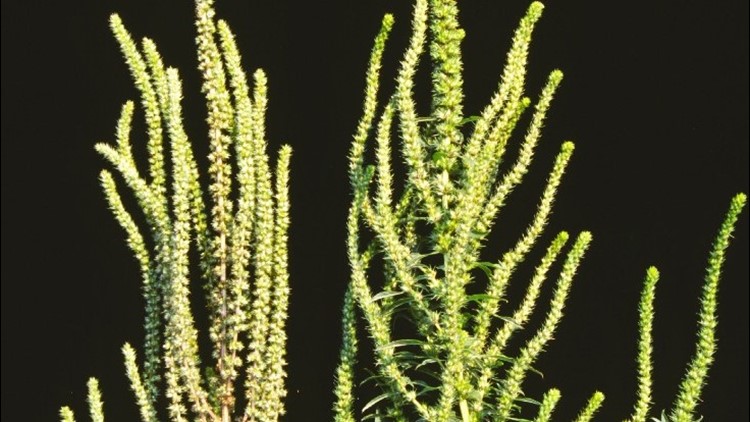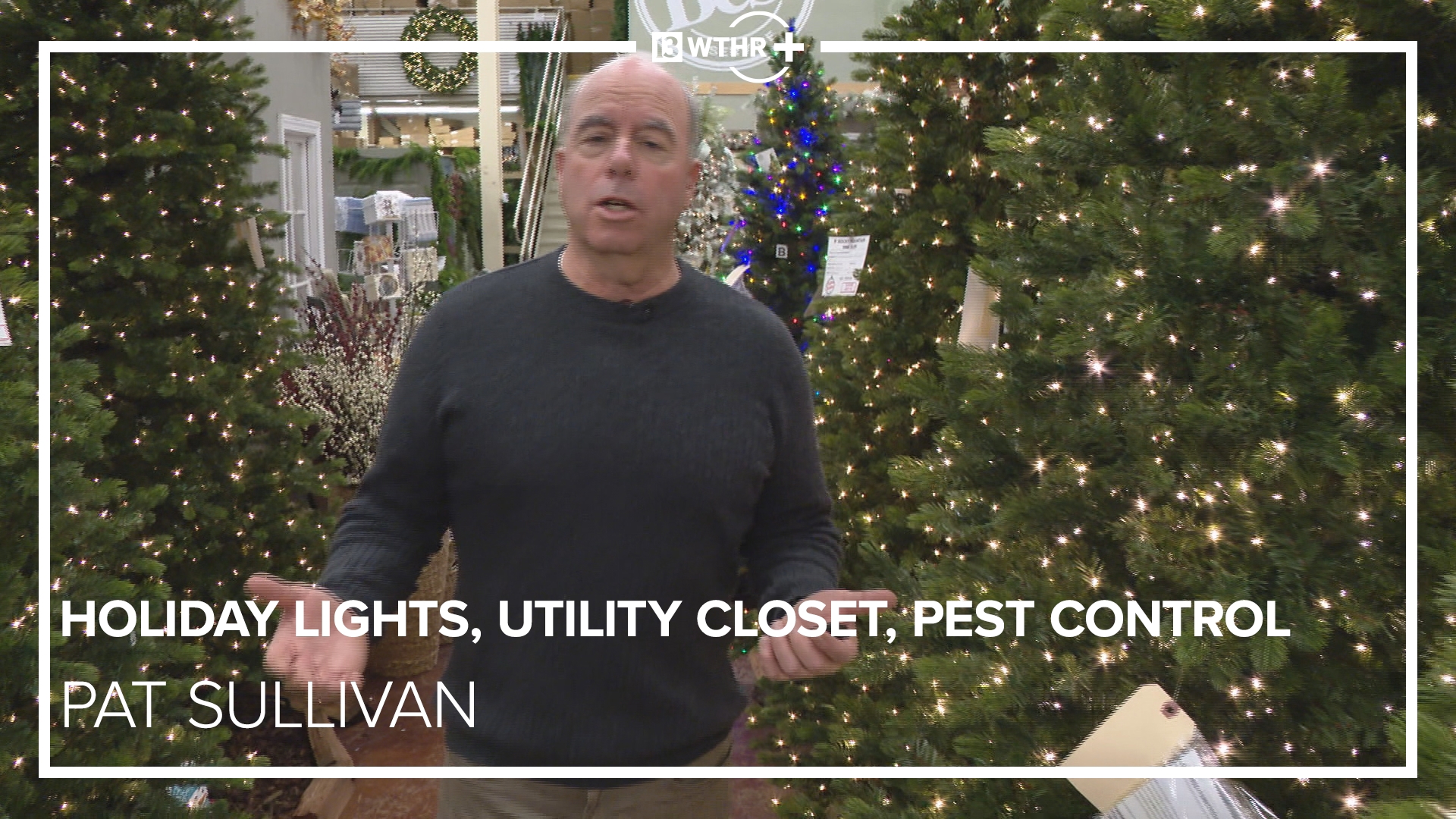ST PAUL, Minn. — The Minnesota Department of Agriculture (MDA) is warning farmers to check their fields for an aggressive, fast-growing weed known as Palmer amaranth.
Palmer amaranth is an edible plant native to the Southwest, but it's been found in 28 states across the U.S. In the last six years, the MDA said it has found the weed in nine Minnesota counties.
The agency said it was contacted by a crop consultant after several suspicious plants were found in a soybean field. MDA staff found 20 Palmer amaranth plants, which were confirmed by genetic testing. After a herbicide application, the MDA stafff ound no new plants, but the field will be monitored for up to three years.
MDA said it's still trying to find the source of the weeds. Palmer amaranth is listed as a "noxious weed" in Minnesota. That means all parts of the plant -- both above and below ground -- must be destroyed. No Palmer amaranth is allowed in any seed sold in Minnesota.
According to an MDA press release, now is the time to check your fields for Palmer amaranth. It becomes visible during this time of year. If you find the weed in your field, you can contact the MDA's Arrest the Pest line at 1-888-545-6684 or arrest.the.pest@state.mn.us.
Left uncontrolled, MDA says a single female Palmer amaranth plant typically produces 100,000 to 500,000 seeds. It's resistant to multiple herbicides, can cause substantial yield losses and can greatly increase weed management costs in soybeans and corn.
RELATED: Grow with KARE: Jumping worms



